Introduction
Use this guide to replace the microphone array assembly in a Late 2020 MacBook Air (M1).
To minimize risk of damage, turn on your MacBook and allow the battery to fully discharge before starting this procedure. A charged lithium-ion battery can be very dangerous if accidentally punctured. If your battery looks puffy or swollen, take extra precautions.
Do not reuse the battery if it is swollen or was deformed in any way during the procedure. The battery is likely damaged and can be very dangerous to reuse—it should be replaced.
This guide involves removing the speakers and battery. You will need new adhesive to properly reinstall the speakers and battery.
Tools
Parts
-
-
If your MacBook is running Big Sur v11.1 or later, disabling Auto Boot may not work. You can proceed normally, but make sure to disconnect the battery as soon as you're inside.
-
Use a P5 driver to remove the following screws:
-
Two 7.9 mm screws
-
Two 7.3 mm screws
-
Six 2.6 mm screws
-
-
-
Wedge your fingers between the display and the lower case and pull upward to pop off the lower case.
-
Remove the lower case.
-
Set it in place and press firmly to engage the two hidden clips underneath. You should feel and hear them snap into place.
-
-
-
Use the flat end of a spudger to pry up and unlatch the metal locking arm on the battery connector.
-
Lift straight up on the metal locking arm to pull the battery connector out of its socket on the logic board.
-
If necessary, push the rear, wire side of the connector into place first, then rock the front of the connector into place.
-
-
-
Use a T3 Torx driver to remove the three 1.4 mm screws securing the audio board connector cover.
-
-
-
Slide the pointed end of a spudger underneath the right speaker cable and pry straight up to disconnect it from the audio board.
-
-
-
Grab the adhesive strip's pull tab and slowly pull the adhesive strip out from underneath the speaker.
-
Pull the adhesive strip until it's freed from under the speaker.
-
Apply heat to the speaker to soften the adhesive underneath.
-
Carefully slide a spudger or opening pick underneath the speaker to separate the adhesive.
-
-
-
Slide the pointed end of a spudger underneath the left speaker cable and pry straight up to disconnect it from the logic board.
-
-
-
Grab the adhesive strip's pull tab and slowly pull the adhesive strip out from underneath the speaker.
-
Pull the adhesive strip until it's freed from under the speaker.
-
Apply heat to the speaker to soften the adhesive underneath.
-
Carefully slide a spudger or opening pick underneath the speaker to separate the adhesive.
-
-
-
Grab an adhesive strip's pull tab and slowly pull it out from underneath the battery.
-
Pull the adhesive strip until it's freed from under the battery.
-
Repeat for the two remaining adhesive strips on the battery's left side.
-
-
-
Remove the battery assembly.
-
Charge it to 100%, and keep charging it for at least 2 more hours.
-
Unplug and use it normally to drain the battery.
-
When you see the low battery warning, save your work, and keep your laptop on until it goes to sleep due to low battery.
-
Wait at least 5 hours, then charge your laptop uninterrupted to 100%.
-
-
-
Use the pointed end of a spudger to lift up the small locking flap on the microphone cable's ZIF connector.
-
-
-
Slide an opening pick underneath the microphone closest to the center of the MacBook to slice through the adhesive securing it to the upper case.
-
Lift up to pry the microphone out of its recess in the case.
-
-
-
Use the pointed end of a spudger to carefully pry one of the remaining microphones out of its recess in the upper case.
-
Remove the third and final microphone from the case.
-
Compare your new replacement part to the original part—you may need to transfer remaining components or remove adhesive backings from the new part before installing.
To reassemble your device, follow the above steps in reverse order.
Once you've completed your repair, your laptop may not power back on until connected to power.
Take your e-waste to an R2 or e-Stewards certified recycler.
Repair didn’t go as planned? Check out our Answers community for troubleshooting help.
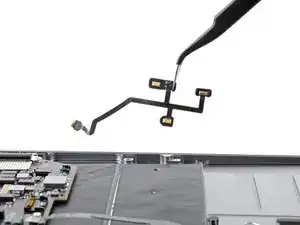
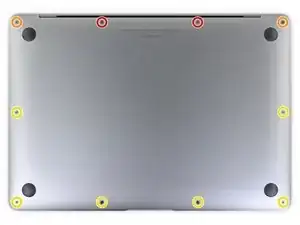
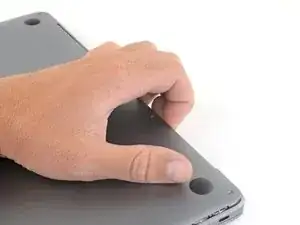
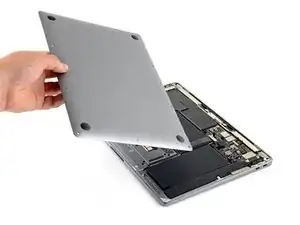
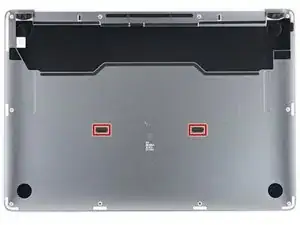

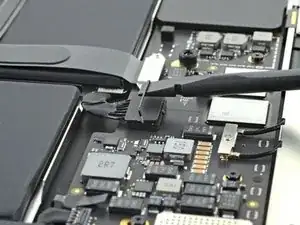
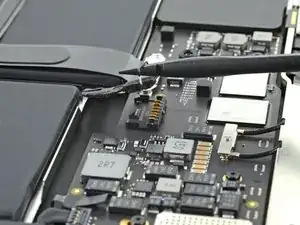
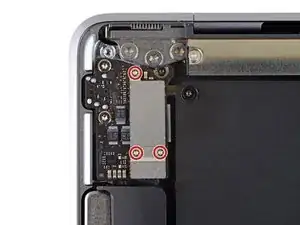

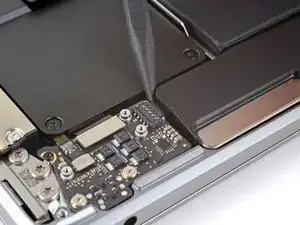
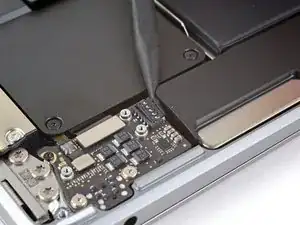
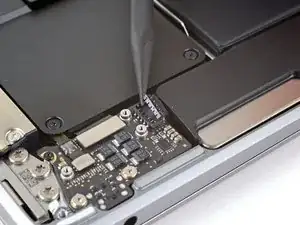

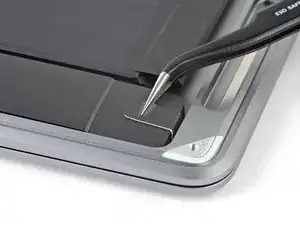
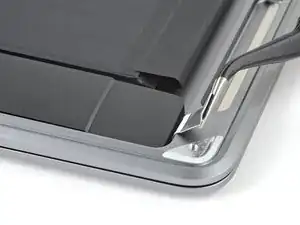
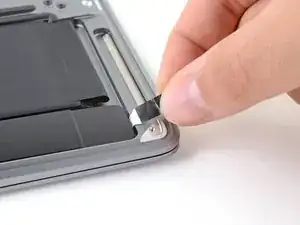
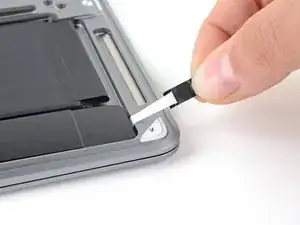
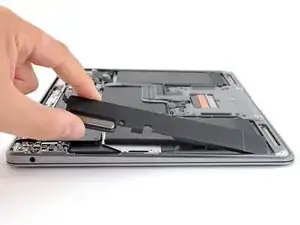
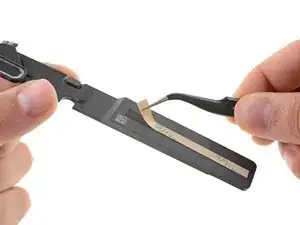
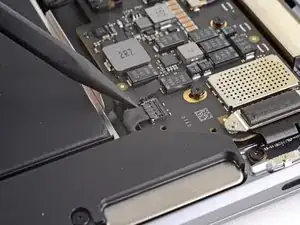
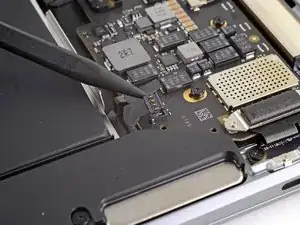
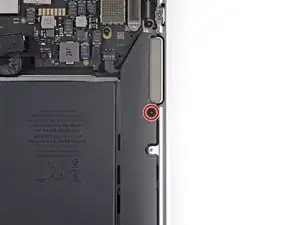
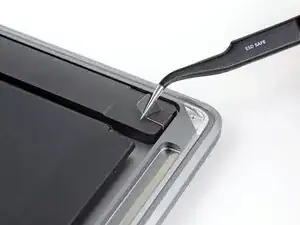
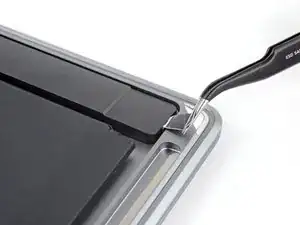
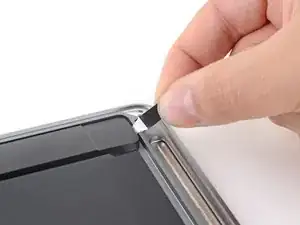
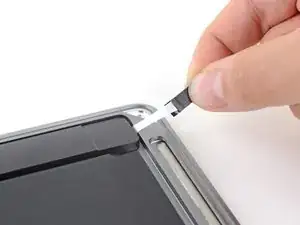
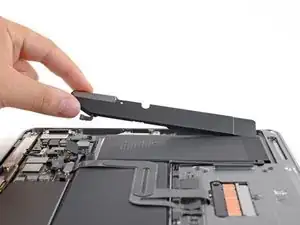
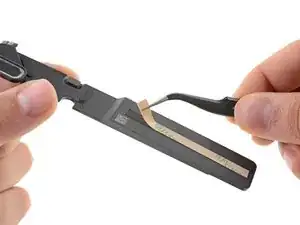
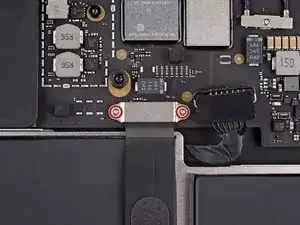
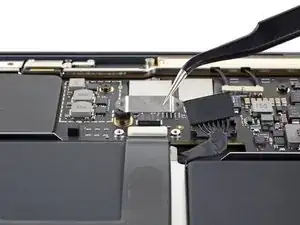

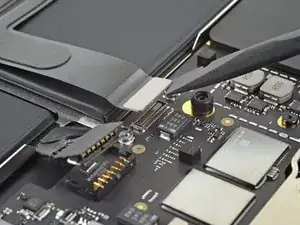
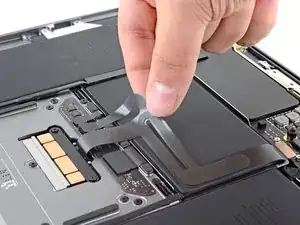
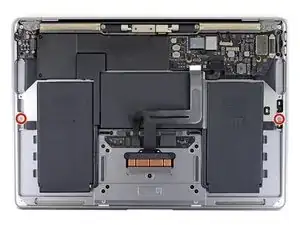
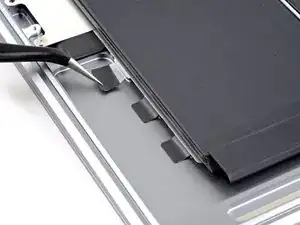
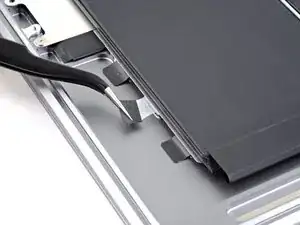

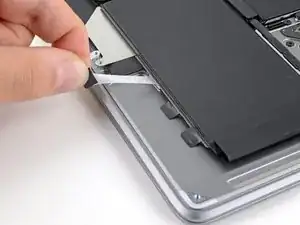
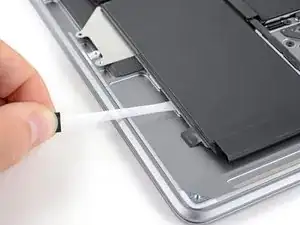
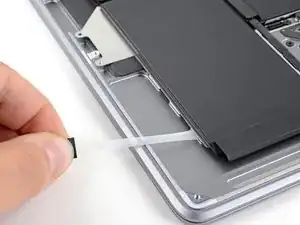
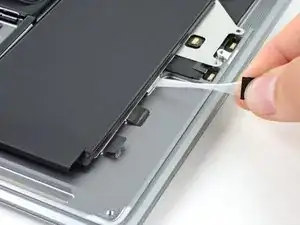
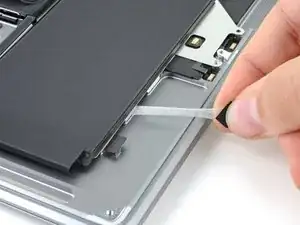
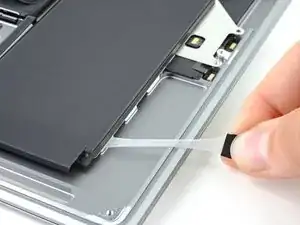
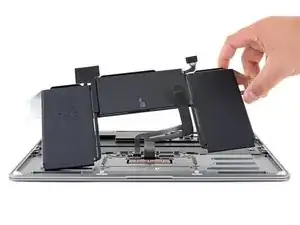
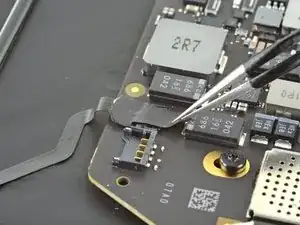
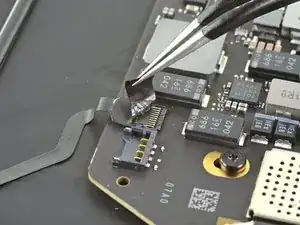
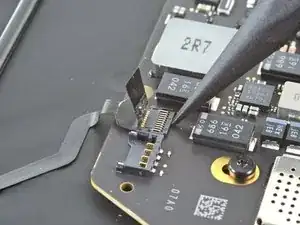

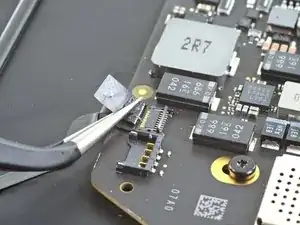
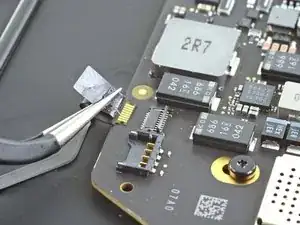
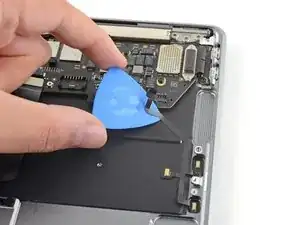
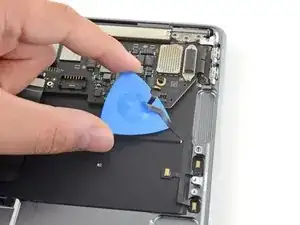
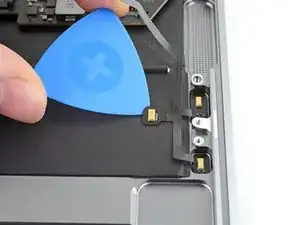
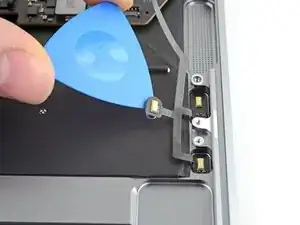
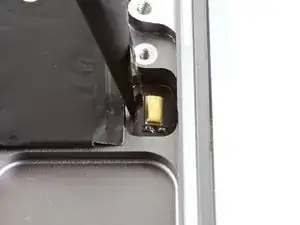
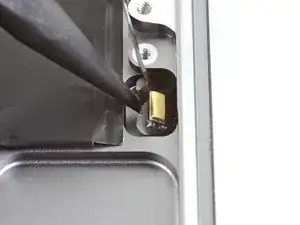
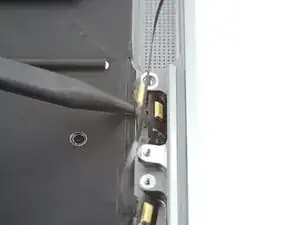
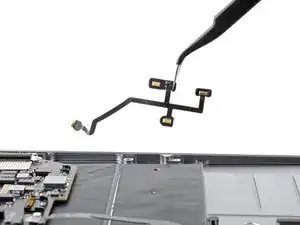

ESD safe mat, plugged into ground, with a wrist strap, also grounded, are the best best to protect the logic board.
Robin Ray -
Re-Assembly Tip: Before putting the screws back in, snap the lower case on and test to make sure the MacBook powers up. When I first re-assembled, I became very nervous I did something wrong because it would not power on. It turns out I just needed to plug the laptop into a power source for it to power up (despite having a good charge before disassembly). It was the perfect way to test the new USB-C ports!
Austin -
Big points to this one, especially for mentioning needing to plug the laptop in. The bottom case needs to be screwed in and laptop needs to be plugged in before it will boot.
Bayden Yazalina -
Wiha 4PL driver for these screws.
Greg Worrel -
Printing out all the images from this Ifixit guide prior to starting and using duct tape help me keep track of screws.
raju midjdeya -
This Guide has a high chance of not working if an aftermarket display is used as MAC serialization was introduced post ~2023. Likely you will need an original MAC screen replacement and to serialize the display for it to work.
Tron Computers -